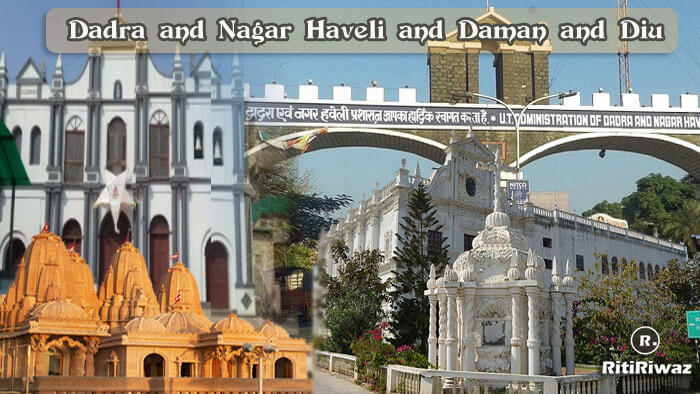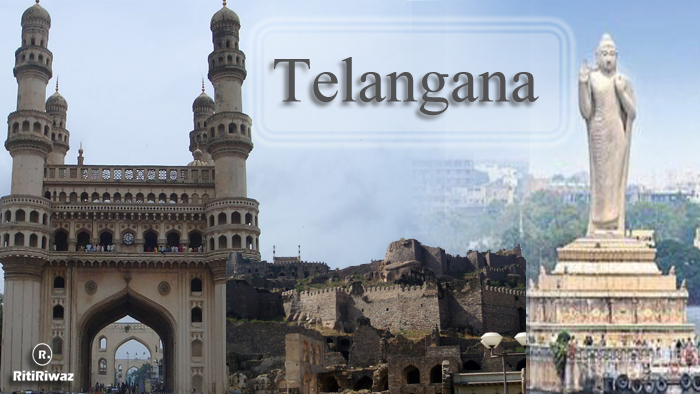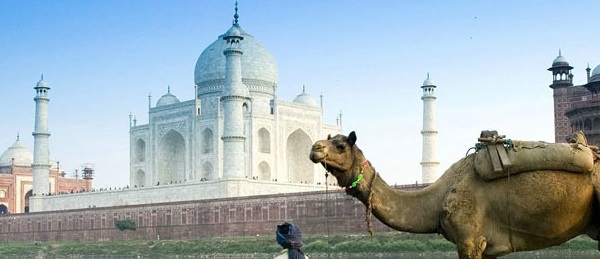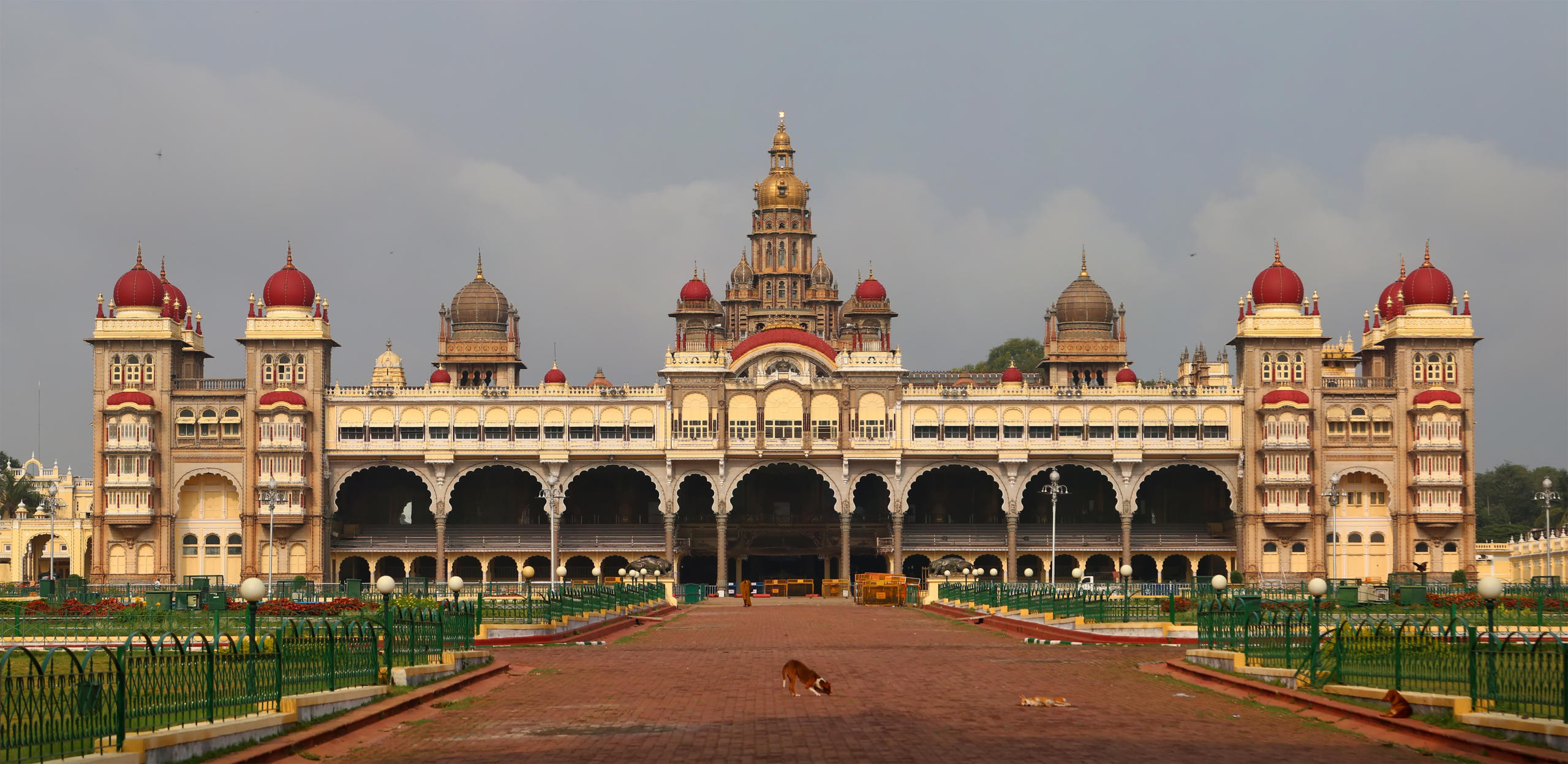West Bengal – Culture Capital of India
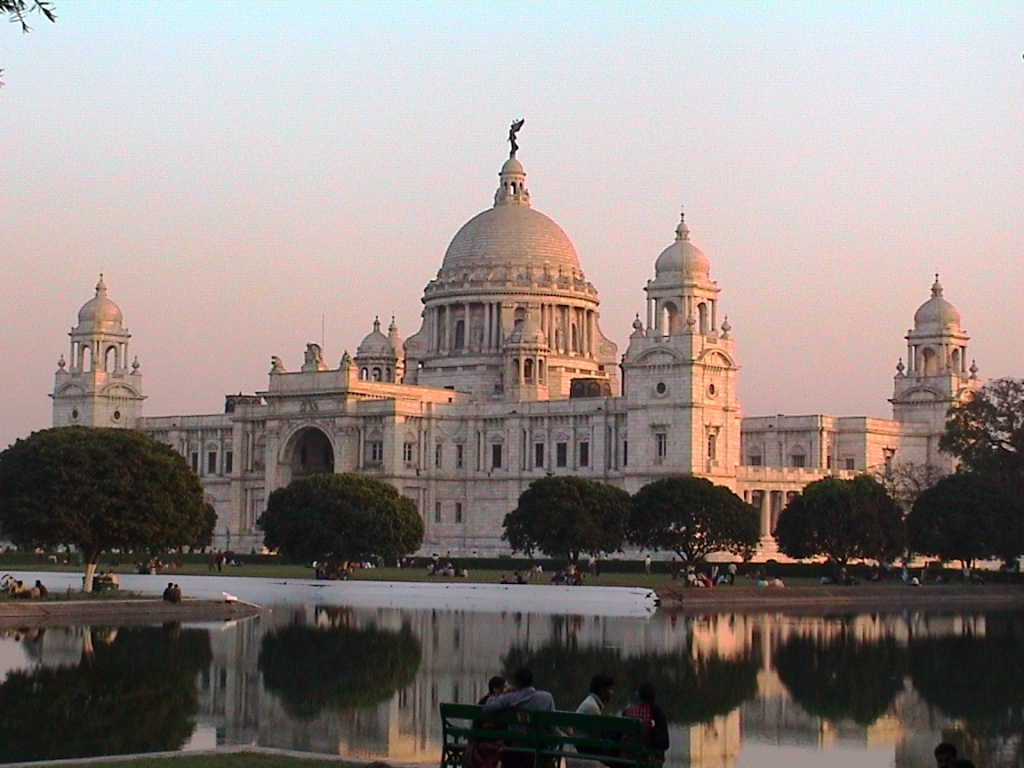
Located in the Eastern part of India, West Bengal is one spectacular region adorned by natural beauty, exquisite lyrical poetry, and enthusiastic people. Surrounded by other states like Sikkim, Assam, Orissa, and Bihar, West Bengal forms the world’s best destination to be explored. Explore Victoria Memorial, Birla Planetarium, Kali Temple, and Ravindra Gallery, the fascinating tourist spots of West Bengal, and make your travel an incredible experience. The people of West Bengal inherit their identity and aspiration from the larger Indian mosaic and from civilizations beyond the shore. Unfurl the West Bengal, one of the spectacular State that lies in the northern part of India. Travel to West Bengal, a land of natural beauty, exquisite lyrical poetry, and enthusiastic people.
West Bengal is a land of natural beauty, exquisite lyrical poetry, and enthusiastic people. Situated in the east of India, West Bengal is stretched from the Himalayas in the north to the Bay of Bengal in the South. This state shares international boundaries with Bangladesh, Bhutan, and Nepal. Hence it is a strategically important place. The state is interlocked by the other states like Sikkim, Assam, Orissa, and Bihar. Hooghly and its tributaries – Mayurakshi, Damodar, Kangsabati, and the Rupnarayan, enrich the soils of Bengal. The northern districts of Bengal like Darjeeling, Jalpaiguri, and Cooch Bihar (in the Himalayas ranges) are watered by the rivers Tista, Torsa, Jaldhaka, and Ranjit. From the northern places (feet of Himalayas) to the tropical forests of Sunderbans, West Bengal is a land of incessant beauty.
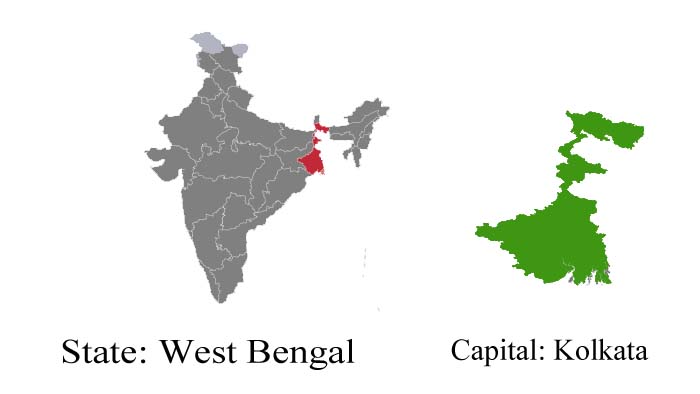
Fast Facts :
-
Area: 88,752 sq km
-
Population: 91.2 million
-
Capital: Kolkata (formerly Calcutta)
-
Languages Spoken: Bengali
-
Best Time to Visit: October to March
-
Major Cities: Calcutta, Darjeeling, Kalimpong, Malda, Mirik, Murshidabad, Siliguri, Vishnupur
-
State Emblem: Emblem of West Bengal

-
State Animal: Fishing cat
-
State Bird: White-throated kingfisher (Halcyon smyrnensis)
-
State Flower: Night-flowering jasmine (Nyctanthes arbor-tristis)
-
State Tree: Chatim tree (Alstonia scholaris)
- West-Bengal culture & tradition
Tourist Attractions :
Santiniketan
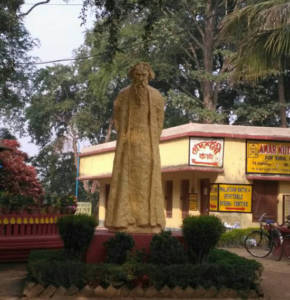
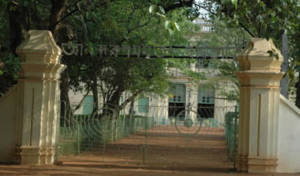
Shantiniketan, Tagore’s university township, is a must on any itinerary that plots Bengal as a stopover. Just two and a half hours away by rail from Calcutta, this town in the Birbhum district is rich in culture and art. At Tagore’s residence in the Uttarayan complex, you could visit the museum and his various homes. From Shantiniketan, you could also take a sojourn to Bakreswar, where ancient Kali and Shiva temples rise into the azure sky. The hot springs are famous for curing many chronic diseases.
Malda
Malda is the base for visiting the ruined cities of Gaur and Pandua, although it’s probably more famous now for its large Fajli mangoes. One reader wrote: ‘You could probably kill yourself through overeating mangoes in this place! Gaur is delightful, one of the nicest places we visited in India, incredibly peaceful and beautiful‘. Malda’s not very interesting, but it has a small museum.
Mirik
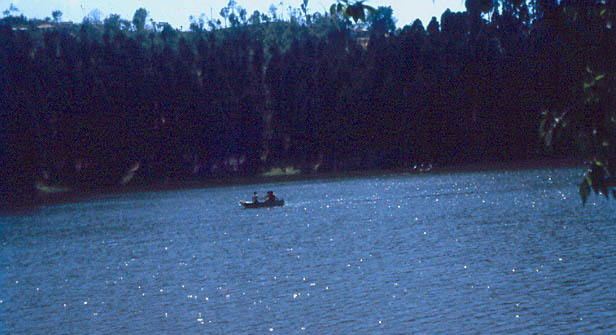
Mirik is a small hill resort which has come into prominence during the 1980s. The small town is built around a 1.25 km long lake known as Lake Samendu. The pristine lake is surrounded by high forested hills and tea gardens. Boating in the lake is a fascinating activity for tourists. Mirik is also famous for its tea estates, orange orchards, and cardamom plantations.
Sundarban Tiger Reserve
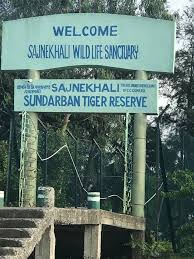
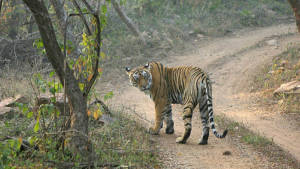
A wildlife tour in India would take you to the Sunderbans, which is the most popular tiger habitat in India. These forests are spread in an area of 1,000,000 hectares, is the world’s largest delta, formed by the Ganges, Brahmaputra, and Meghna rivers. The vast swampy delta extends over areas comprising of mangrove forests, swamps, and Forest Island, all interwoven in a network of small rivers and streams. The Sundarban National Park, home to the Royal Bengal Tiger and the largest mangrove forest in the world, forms the core of this area.
Darjeeling
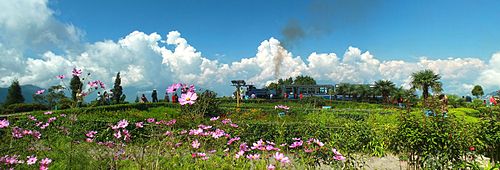
Darjeeling, the center of India’s most celebrated tea-growing district, has possibly the most picturesque views among all Indian hill resorts. Outside the monsoon season (June to September), the views across the snowy peak of Kanchenjunga and other mountains down to the swollen rivers in the valley are, simply magnificent.
Getting There :
-
By Air: Calcutta is well-connected to Delhi, Mumbai, Chennai, Bangalore, and other major cities in the country. Many International airlines also operate from Calcutta’s busy international airport.
-
By Road: National Highways such as the Grand Trunk Road converge at Calcutta. Although these routes are mostly used by goods vehicles, a night-time “rocket” bus service run by the State Transport Corporation is an alternative way of traveling to North Bengal from Calcutta.
-
By Rail: Long-distance trains leave for different destinations across the country every day from Calcutta’s two major stations Howrah and Sealdah. The City also has a suburban network that extends to the surrounding districts from the capital city.



